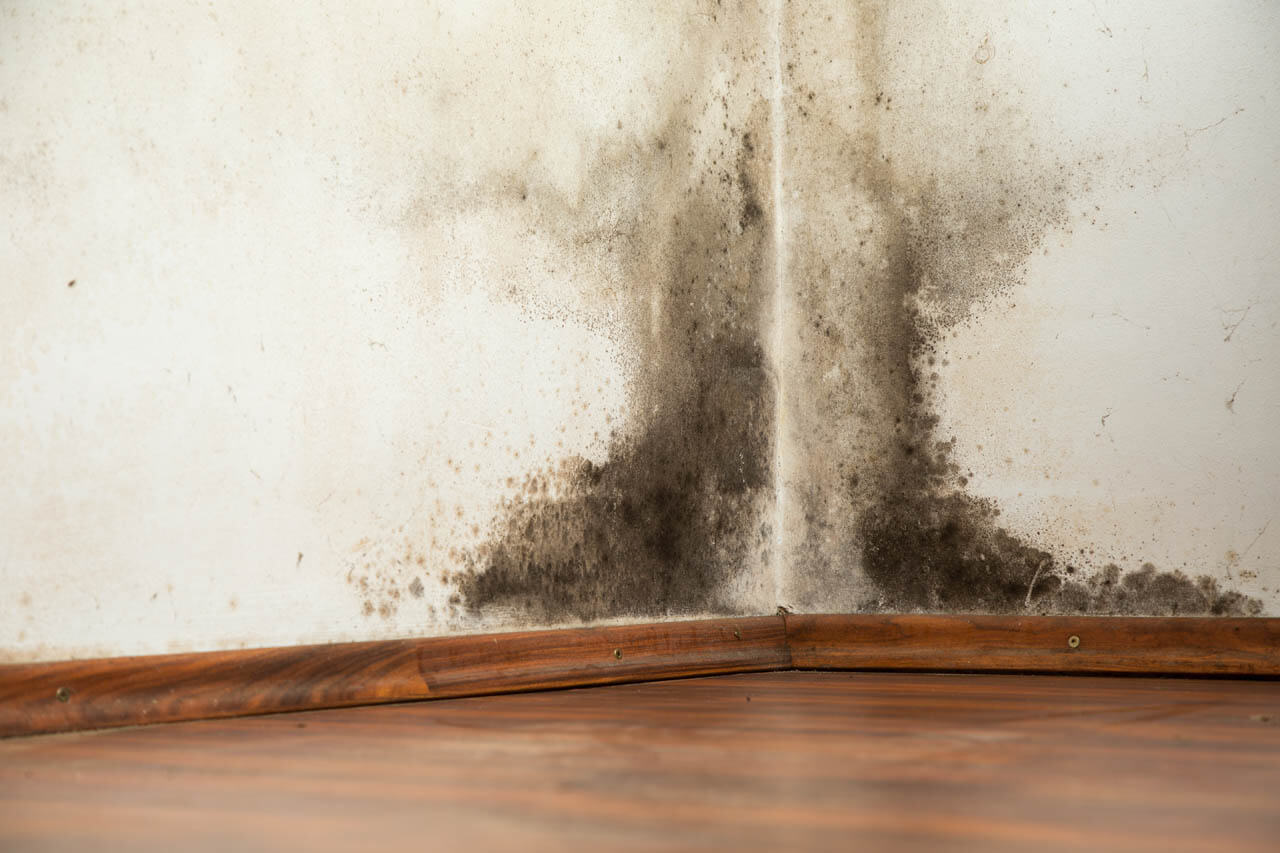Biology of Mold
Molds are part of a natural environment they are everywhere and tend to grow in a damp, moist and warm environment. They release millions of spores which are invisible to the naked eye which help them reproduce and grow, they could be found everywhere both indoors and outdoors. Molds come in a large variety of colors from white to black.
Air Pollution
People tend to under estimate this key indoor pollution, it is usually not a problem until concentration levels start peaking and when mold starts to be visible to the naked eye. It causes damage to the property by eating in to gypsum boards, wall paper etc. High concentration of mold spores may cause a wide range of symptoms as stated below. Black mold or toxic molds that produce mycotoxins, such as Stachybotrys Chartarum may lead to pulmonary hemorrhage.
What not to do with molds
People tend to paint over mold growth which cause more harm in the future, as the mold is being sandwich between the ceiling and paint it continues to grow eventually breaking open and the problem becomes more serious than before. A higher concentration of mold spores are usually trapped within the building therefore treatment to the entire environment is recommended.
Symptoms of living with Mold
- Watery Eyes
- Sneezing
- Coughing
- Depression
- Skin Irritation
Allergic Reaction with Mold
- Fever
- Lung Scarring
- Shortness of Breath
- Mold Infection in Lungs
- Asthma
Mold Services Trusted by Leading Brands
 |
 |
 |
 |

|  |
 |
 |




